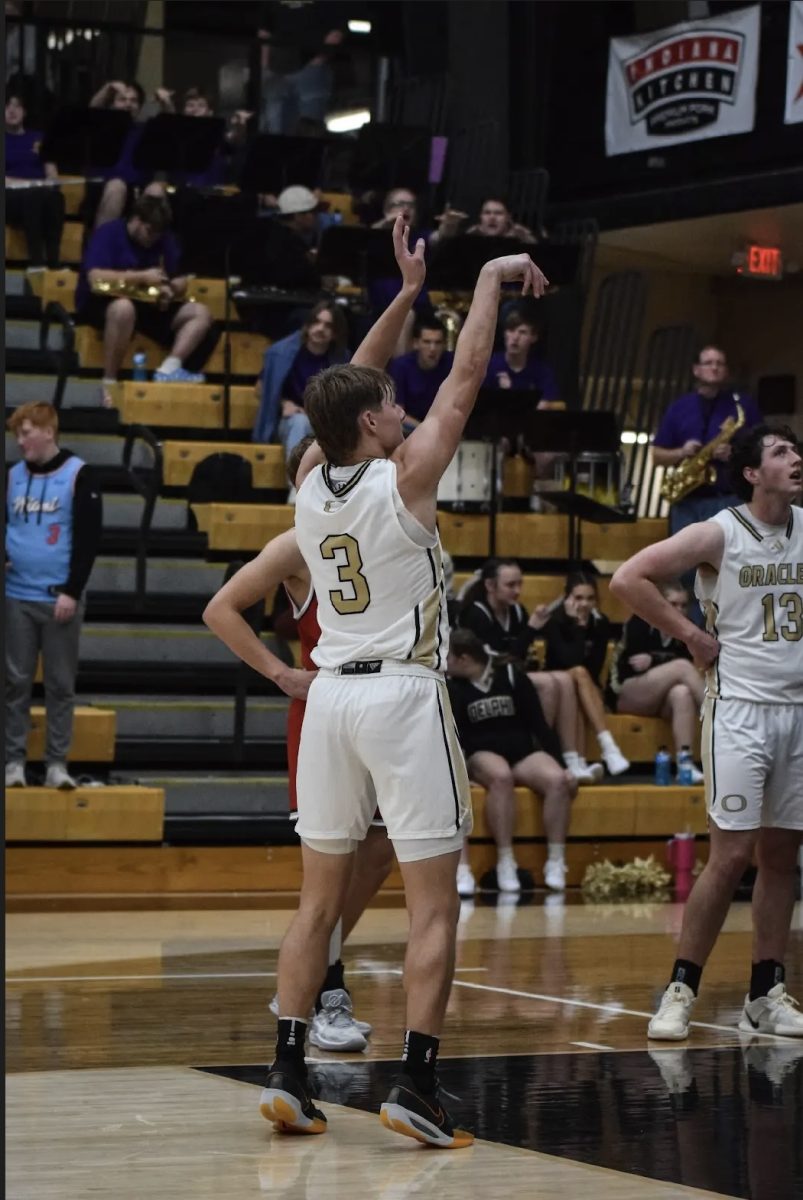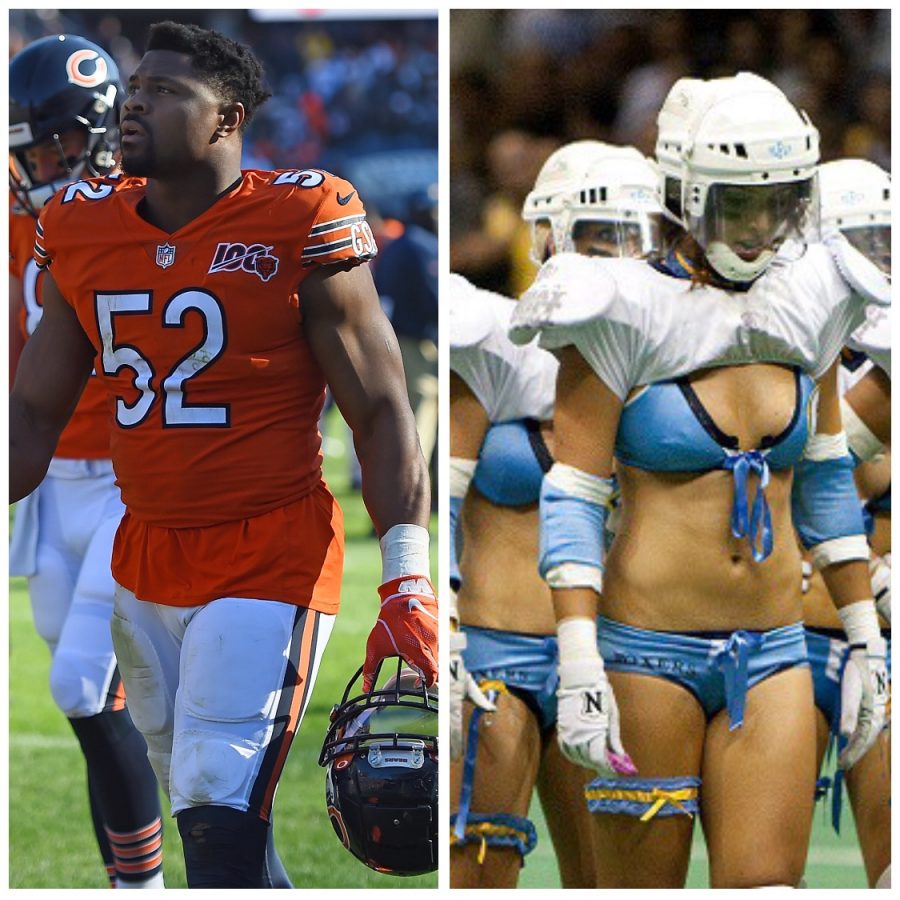Sexualization of women’s sports uniforms
I was scrolling through TikTok one day when I saw a video by user “lukewarmalmondmilk.” In this video, a woman named Brooke explains her frustrations with women’s uniforms in sports. As she compared men and women’s sports uniforms side by side, an obvious pattern began to emerge: women’s sports uniforms were much more revealing than men’s uniforms.
In another video, Brooke shared her annoyance with volleyball uniforms specifically. As a volleyball player, Brooke explained that the traditional volleyball uniform is very restrictive. She expressed that while playing, volleyball shorts tend to come up above where they are supposed to sit, which causes wood and floor burn when sliding and diving for balls. Not only does this cause floor burn, it makes a lot of players uncomfortable about who may be watching and sexualizing them while playing. Brooke even came forward about situations where she has had men take pictures of her while playing because of this.
However, the sexualization of women’s sports uniforms goes much deeper than just volleyball uniforms. The traditional cheer uniform is very different for men compared to women. While men typically wear long pants and a t-shirt, women wear crop tops and short skirts. If male and female cheerleaders are doing the same movements, why are women subjected to more revealing uniforms? Similar to cheerleading, the uniforms worn by women that play in the National Women’s Football Association are poles apart from men’s uniforms in the National Football League. Male football players get to wear protective padding under several more layers of clothing, but women wear shoulder pads, sports bras, and bottoms that resemble underwear. That’s it.
It is proven time and again that women are not respected in sports. From the unequal pay, sexualization, and jokes made about them, women are constantly discouraged from participating in sports. So, what can be done about this problem? Start listening to women when they speak about issues they face. Too many times have I seen women silenced or flat-out ignored when trying to communicate their frustration with the way women are treated in the sports industry. Instead of talking over women, we need to be active listeners and amplify their voices and struggles. Until then, there will not be change.

Cynthia Rossi is a senior at Delphi Community High School. She is a member of the dance team, Entertainers, National Honor Society, and drama department....



















